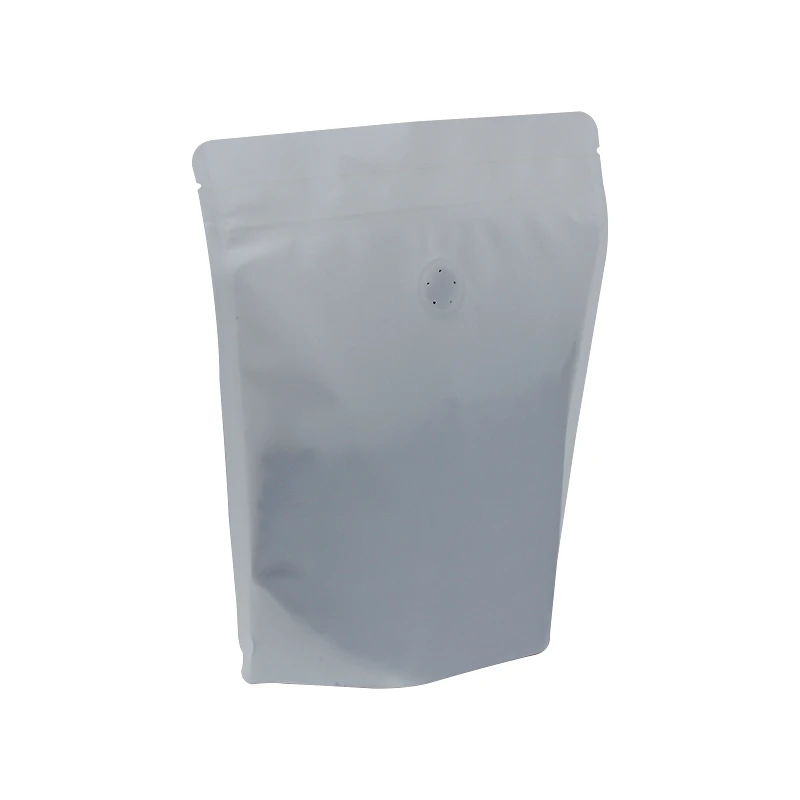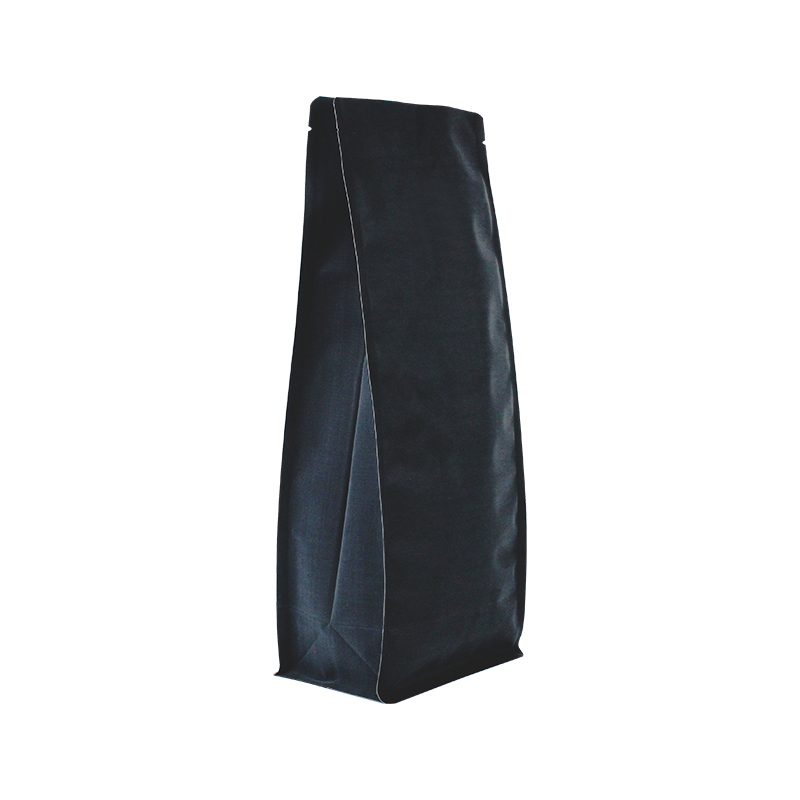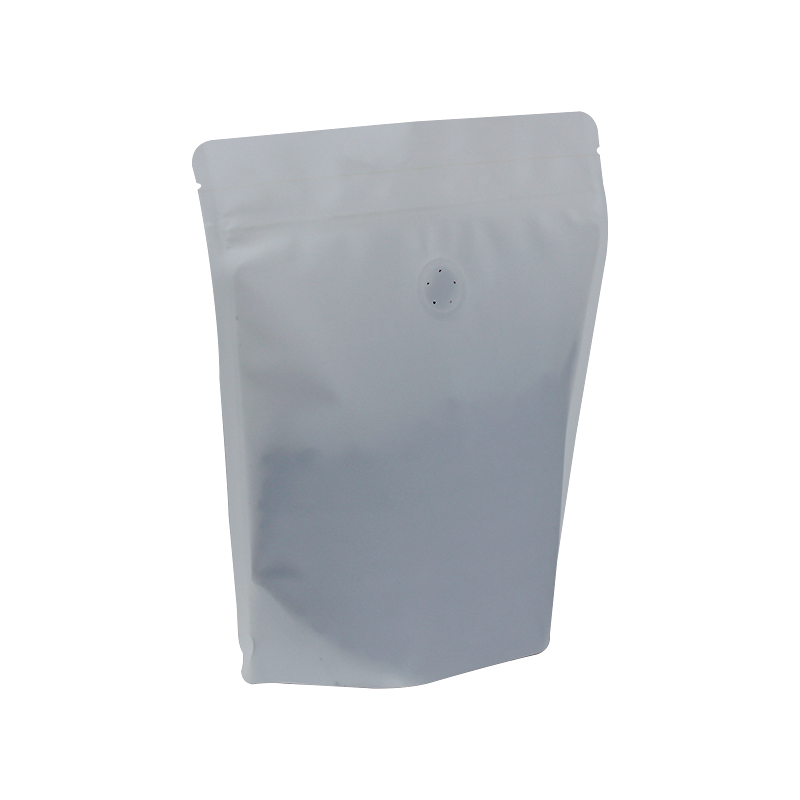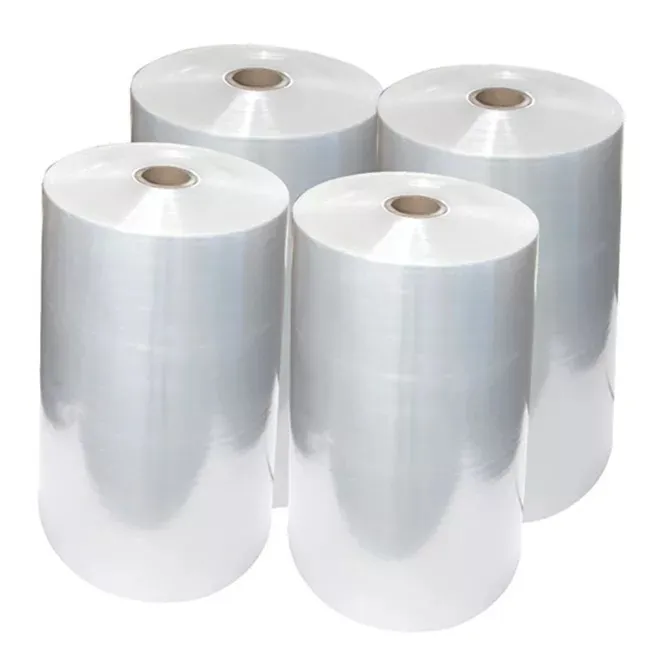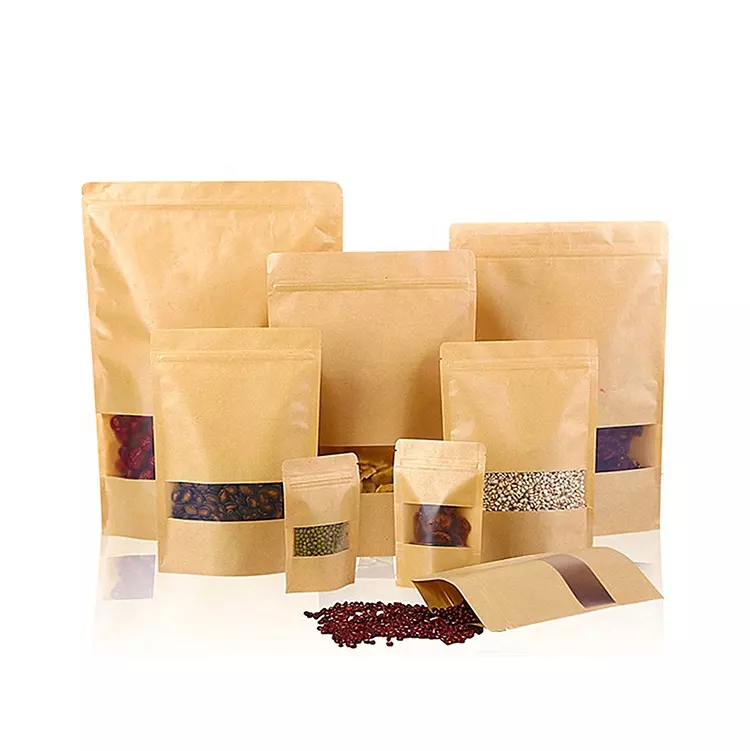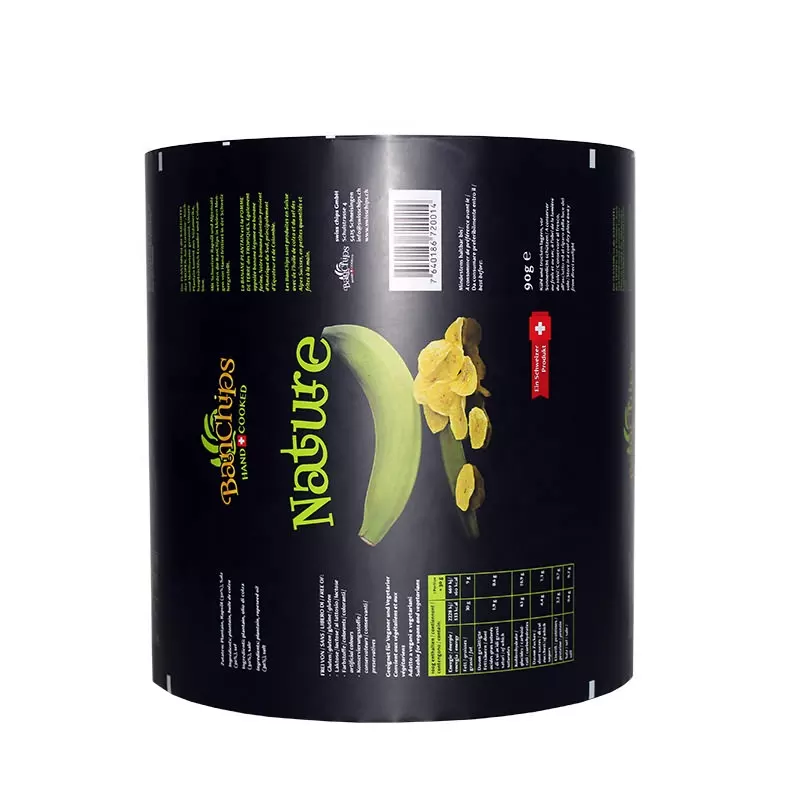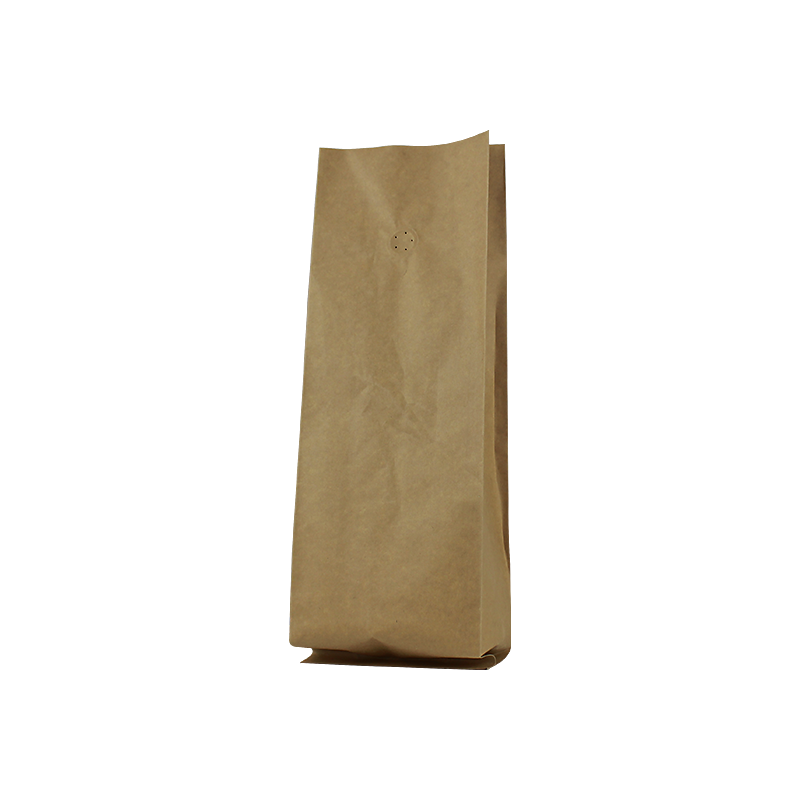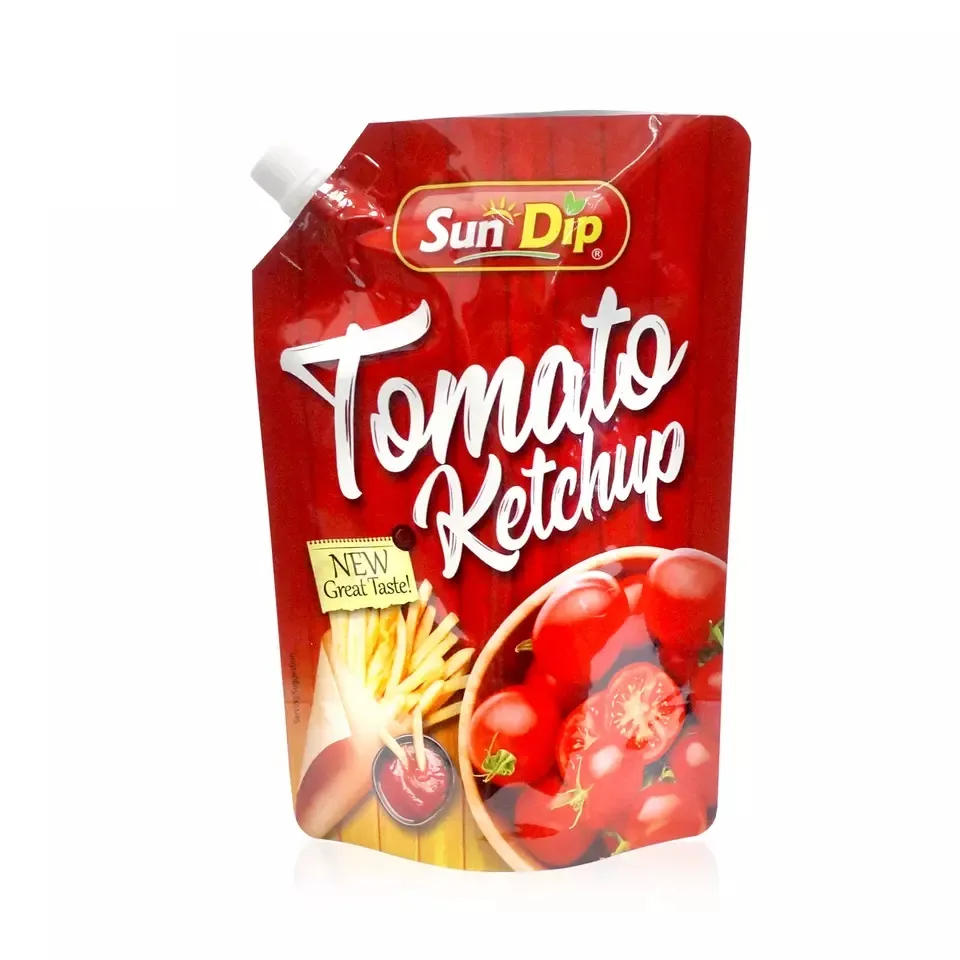- Afrikaans
- Albanian
- Amharic
- Arabic
- Armenian
- Azerbaijani
- Basque
- Belarusian
- Bengali
- Bosnian
- Bulgarian
- Catalan
- Cebuano
- chinese_simplified
- chinese_traditional
- Corsican
- Croatian
- Czech
- Danish
- Dutch
- English
- Esperanto
- Estonian
- Finnish
- French
- Frisian
- Galician
- Georgian
- German
- Greek
- Gujarati
- haitian_creole
- hausa
- hawaiian
- Hebrew
- Hindi
- Miao
- Hungarian
- Icelandic
- igbo
- Indonesian
- irish
- Italian
- Japanese
- Javanese
- Kannada
- kazakh
- Khmer
- Rwandese
- Korean
- Kurdish
- Kyrgyz
- Lao
- Latin
- Latvian
- Lithuanian
- Luxembourgish
- Macedonian
- Malgashi
- Malay
- Malayalam
- Maltese
- Maori
- Marathi
- Mongolian
- Myanmar
- Nepali
- Norwegian
- Norwegian
- Occitan
- Pashto
- Persian
- Polish
- Portuguese
- Punjabi
- Romanian
- Russian
- Samoan
- scottish-gaelic
- Serbian
- Sesotho
- Shona
- Sindhi
- Sinhala
- Slovak
- Slovenian
- Somali
- Spanish
- Sundanese
- Swahili
- Swedish
- Tagalog
- Tajik
- Tamil
- Tatar
- Telugu
- Thai
- Turkish
- Turkmen
- Ukrainian
- Urdu
- Uighur
- Uzbek
- Vietnamese
- Welsh
- Bantu
- Yiddish
- Yoruba
- Zulu
Roll Stock Film
Roll Stock Film is a flexible packaging material used primarily in the production of pouches, bags, and other forms of flexible packaging. It is sold in large rolls and is converted into individual packages during the manufacturing process. Roll stock film is highly versatile and can be customized to meet the specific needs of various products, including food, pet food, personal care items, and more.
Key Features of Roll Stock Film:
Multi-Layer Structure:
Roll stock film is typically made from multiple layers of plastic materials such as polyethylene (PE), polyester (PET), nylon, or polypropylene (PP). These layers serve various functions, including barrier protection, strength, and heat-sealing properties.
The outer layer provides durability and resistance to external elements like moisture and UV light, while the inner layer is designed for easy sealing during the packaging process.
Customizable Options:
Roll stock film can be customized in terms of size, thickness, color, and printing to match the specific branding and product requirements. High-quality flexographic or rotogravure printing techniques allow for vibrant graphics, logos, and important information (e.g., nutritional facts, ingredients, or safety instructions).
The surface finish can also be tailored for different applications, whether a glossy or matte appearance is preferred.
Barrier Properties:
One of the key features of roll stock film is its ability to provide excellent barrier protection against oxygen, moisture, and light. This is critical for preserving the freshness and shelf life of food products and other sensitive items.
Common barrier films include metalized PET, aluminum foil, and EVOH (ethylene vinyl alcohol), which prevent product degradation and spoilage.
Versatility in Applications:
Roll stock film is used in the packaging of a wide range of products, from food (e.g., snacks, baked goods, frozen food) to pet food, cosmetics, cleaning products, and pharmaceuticals.
It is particularly well-suited for products that require heat sealing (such as pouches, bags, and sachets), offering both convenience and efficiency in packaging.
Efficiency in Production:
Roll stock film is designed for high-speed packaging machinery, ensuring continuous production without interruption. The material is unwound from large rolls, processed, and sealed into finished packages.
Its efficient, cost-effective production process makes roll stock film an ideal choice for manufacturers looking to reduce packaging costs while maintaining high-quality standards.
Sustainability:
While traditionally made from petroleum-based plastics, the packaging industry is increasingly moving towards sustainable alternatives. Roll stock films made from recyclable materials, biodegradable films, or compostable options are being developed in response to the growing demand for eco-friendly packaging solutions.
Some roll stock films are now made from mono-materials (single plastic types like PE or PP) to improve recyclability, as multi-layer films are typically harder to recycle.
Benefits of Roll Stock Film:
Cost-Effective: Roll stock film is often more affordable than pre-made pouches or containers, as it requires less material and can be used in automated production lines to reduce labor costs.
Flexibility in Design: Manufacturers can tailor the film to specific requirements, including the size, shape, and closure options (e.g., resealable zippers, tear notches).
Enhanced Shelf Life: With its strong barrier properties, roll stock film helps to preserve the freshness and quality of the product inside, which is particularly important for perishable food items.
Space-Efficient: The material is stored in large rolls, which are space-efficient and easy to transport before being converted into packaging.
Applications:
Food Packaging: Roll stock film is commonly used for packaging dry and wet foods, snacks, beverages, and frozen food items.
Pet Food Packaging: Ideal for packaging both dry and wet pet food, as well as pet treats, with moisture and oxygen protection.
Cosmetic and Personal Care: Roll stock film is also used for items like creams, lotions, wipes, and other personal care products, providing hygienic and attractive packaging.
Household and Industrial Products: Packaging for cleaning supplies, detergents, and other household items is also commonly done using roll stock film.
Conclusion:
Roll stock film is a highly versatile, cost-effective, and customizable packaging material used across various industries. Its multi-layer construction offers critical barrier protection, helping to extend shelf life and preserve product integrity. As consumer demand for eco-friendly packaging grows, roll stock film is evolving with sustainable options, such as recyclable and compostable materials, making it an increasingly popular choice for environmentally-conscious brands.
What Is Roll Stock Film?
Roll Stock Film is a flexible packaging material used primarily in the production of pouches, bags, and other forms of flexible packaging. It is sold in large rolls and is converted into individual packages during the manufacturing process. Roll stock film is highly versatile and can be customized to meet the specific needs of various products, including food, pet food, personal care items, and more.
Key Features of Roll Stock Film:
Multi-Layer Structure:
Roll stock film is typically made from multiple layers of plastic materials such as polyethylene (PE), polyester (PET), nylon, or polypropylene (PP). These layers serve various functions, including barrier protection, strength, and heat-sealing properties.
The outer layer provides durability and resistance to external elements like moisture and UV light, while the inner layer is designed for easy sealing during the packaging process.
Customizable Options:
Roll stock film can be customized in terms of size, thickness, color, and printing to match the specific branding and product requirements. High-quality flexographic or rotogravure printing techniques allow for vibrant graphics, logos, and important information (e.g., nutritional facts, ingredients, or safety instructions).
The surface finish can also be tailored for different applications, whether a glossy or matte appearance is preferred.
Barrier Properties:
One of the key features of roll stock film is its ability to provide excellent barrier protection against oxygen, moisture, and light. This is critical for preserving the freshness and shelf life of food products and other sensitive items.
Common barrier films include metalized PET, aluminum foil, and EVOH (ethylene vinyl alcohol), which prevent product degradation and spoilage.
Versatility in Applications:
Roll stock film is used in the packaging of a wide range of products, from food (e.g., snacks, baked goods, frozen food) to pet food, cosmetics, cleaning products, and pharmaceuticals.
It is particularly well-suited for products that require heat sealing (such as pouches, bags, and sachets), offering both convenience and efficiency in packaging.
Efficiency in Production:
Roll stock film is designed for high-speed packaging machinery, ensuring continuous production without interruption. The material is unwound from large rolls, processed, and sealed into finished packages.
Its efficient, cost-effective production process makes roll stock film an ideal choice for manufacturers looking to reduce packaging costs while maintaining high-quality standards.
Sustainability:
While traditionally made from petroleum-based plastics, the packaging industry is increasingly moving towards sustainable alternatives. Roll stock films made from recyclable materials, biodegradable films, or compostable options are being developed in response to the growing demand for eco-friendly packaging solutions.
Some roll stock films are now made from mono-materials (single plastic types like PE or PP) to improve recyclability, as multi-layer films are typically harder to recycle.
Benefits of Roll Stock Film:
Cost-Effective: Roll stock film is often more affordable than pre-made pouches or containers, as it requires less material and can be used in automated production lines to reduce labor costs.
Flexibility in Design: Manufacturers can tailor the film to specific requirements, including the size, shape, and closure options (e.g., resealable zippers, tear notches).
Enhanced Shelf Life: With its strong barrier properties, roll stock film helps to preserve the freshness and quality of the product inside, which is particularly important for perishable food items.
Space-Efficient: The material is stored in large rolls, which are space-efficient and easy to transport before being converted into packaging.
Applications:
Food Packaging: Roll stock film is commonly used for packaging dry and wet foods, snacks, beverages, and frozen food items.
Pet Food Packaging: Ideal for packaging both dry and wet pet food, as well as pet treats, with moisture and oxygen protection.
Cosmetic and Personal Care: Roll stock film is also used for items like creams, lotions, wipes, and other personal care products, providing hygienic and attractive packaging.
Household and Industrial Products: Packaging for cleaning supplies, detergents, and other household items is also commonly done using roll stock film.
Conclusion:
Roll stock film is a highly versatile, cost-effective, and customizable packaging material used across various industries. Its multi-layer construction offers critical barrier protection, helping to extend shelf life and preserve product integrity. As consumer demand for eco-friendly packaging grows, roll stock film is evolving with sustainable options, such as recyclable and compostable materials, making it an increasingly popular choice for environmentally-conscious brands.
What Is A Roll Stock?
Roll stock refers to large rolls of flexible packaging material used in manufacturing processes to create a variety of packaging formats, such as pouches, bags, sachets, and wraps. It is typically made from a variety of materials like polyethylene (PE), polyester (PET), polypropylene (PP), or multi-layer films, and can be customized for different applications, from food packaging to consumer products. The term "roll stock" is often used in the packaging industry to describe the material in its unprocessed, raw form before it is converted into individual packaged items.
Key Features of Roll Stock:
Flexible Packaging: Roll stock material is flexible, allowing it to be easily converted into different shapes and sizes based on product requirements. It can be used in a wide variety of packaging machines, including vertical and horizontal form-fill-seal machines, which make it versatile for many types of products.
Multi-Layer Construction: Roll stock is often composed of multi-layer films, which can include combinations of plastics, foil, and other barrier materials. These layers are designed to provide protection against moisture, oxygen, UV light, and contaminants, making it ideal for products that require extended shelf life, such as food or pet food.
Customization: Manufacturers can print logos, branding, nutritional information, and other product details directly onto the roll stock using techniques like flexographic or gravure printing. The film can also be tailored for various barrier properties, such as heat resistance, moisture control, and light protection, depending on the specific needs of the product.
Cost-Effective: Roll stock is an efficient and economical option for manufacturers, as it allows for continuous packaging production. It is sold in large rolls, which are processed on high-speed packaging lines, reducing labor and production costs.
Sustainability: Roll stock is increasingly available in eco-friendly options, such as recyclable, compostable, or biodegradable materials, to meet the growing demand for sustainable packaging solutions.
Applications:
Food: Used for packaging snacks, baked goods, and frozen foods.
Pet Food: Ideal for both dry and wet pet food.
Personal Care: Packaging for items like cosmetics, lotions, and wipes.
Pharmaceuticals: For packaging health products and medications.
In summary, roll stock is a flexible, customizable, and cost-effective packaging material used across multiple industries to create durable, efficient, and branded packaging.
ABOUT for more information
Product Categories
Crafts App
Contact Us
- No. 6 Hefu Road, Hengjiang Industrial Zone, Gaoming District, Foshan, Guangdong Province,China
- Tel: 86-133 3649 8096
- Email:enid@bc-pak.com





